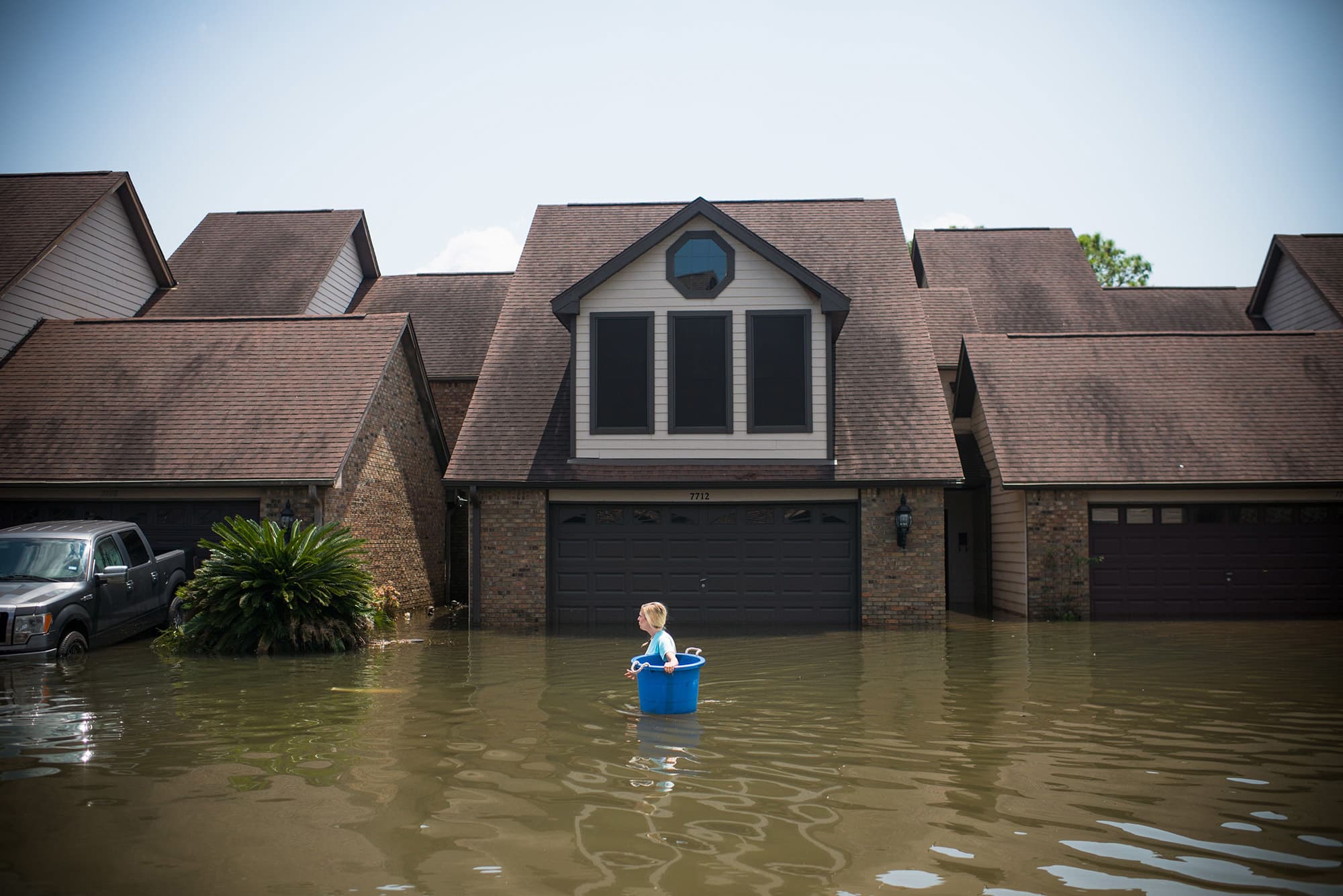Record-setting rain, floods and wildfires are examples of the rising risks to the U.S. housing market from climate change.
Mortgage lenders and investors are woefully unprepared not only to mitigate their risk but to even gauge that risk, according to a new report from the Mortgage Bankers Association’s Research Institute for Housing America.
“They are anxious to figure out what to do but not sure where to go to find out. They are unprepared but no longer unaware,” said Sean Becketti, author of the report and former chief economist at Freddie Mac.
There are a lot of stakeholders in housing finance, including consumers, landlords, homebuilders, appraisers, mortgage originators and servicers, insurance companies, mortgage investors, government agencies, and the government-sponsored enterprises who issue mortgages (Fannie Mae and Freddie Mac). That means climate change will send significant stress down a very long financial line.
Not only is climate change putting more stress on the National Flood Insurance Program, it could increase mortgage default and prepayment risks, trigger adverse selection in the types of loans that are sold to the GSEs, increase the volatility of house prices, and produce significant climate migration, according to the report.
For instance, lenders who securitize their loans with the GSEs could face additional costs for rep and warranty insurance (that is, insurance that covers breach of contracts or warranties in large financial transactions) and higher risk as the GSEs revise their requirements in response to climate change.
More specifically, the GSEs might require lenders to perform additional due diligence to determine the need for flood insurance, and the lag in updating official flood maps may force lenders to incorporate additional sources of information on flood risk. As a result, the GSEs might not be allowed to buy loans on homes with higher flood risks.
In addition, the NFIP is in the midst of a major overhaul, which will change pricing for homeowners. That will affect home values and consequently the values of the mortgages that back those homes.
The biggest problem right now is uncertainty for mortgage stakeholders.
“They’re wondering what to do next more than anything else. There haven’t been any rule changes that affect the firms in the mortgage market but they’re being contemplated,” said Becketti.
A climate foreclosure crisis?
Today, the mortgage market relies heavily on the insurance industry to gauge its risk.
But most mortgage industry risk models are focused on credit and operating risk.
“In the case of modeling for risk, the mortgage industry still predominantly thinks of protection in terms of property and casualty risk, which is underwritten and priced by insurance companies,” said Sanjiv Das, CEO of Caliber Home Loans. “The industry doesn’t model climate risk as much and mostly relies on models from FEMA or insurance companies.”
But FEMA — the Federal Emergency Management Agency — is already highly stressed due to the record volume of natural disasters in the past few years. If FEMA changes what it will back, mortgage lenders could be on the hook for losses.
In addition, borrowers displaced by natural disasters could default on their home loans.
Following Hurricane Harvey in Houston in 2017, mortgage industry leaders warned of a potential climate foreclosure crisis as the storm flooded close to 100,000 Houston-area homes. In Harvey’s federally declared disaster areas, 80% of the homes had no flood insurance because they weren’t normally prone to flooding. Serious mortgage delinquencies on damaged homes jumped more than 200%, according to CoreLogic.
The costs of estimated defaults are the centerpiece for banks, lenders, investors and mortgage servicers to assess profitability, as well as loan loss reserves and economic capital.
“If incremental defaults due to climate change turn out to be material for one or more of these stakeholders, regulators and investors are likely to require those stakeholders to quantify the impact of those incremental defaults and to gauge the sensitivity of those estimates to key assumptions,” wrote Becketti in the report.
Finally, mortgage bond investors, who are already asking for more information from lenders about climate risk, could also pull back, leaving the mortgage market with less liquidity.
This week the Securities and Exchange Commission published a copy of a letter it has sent to public companies asking them to offer more information to investors about their climate risk. The letter details both physical and financial risks from climate disasters, as well as risks from climate-related changes to regulations or business models. While it doesn’t name the specific companies receiving it, the banking industry is a likely recipient.
The question is, how do we best measure such risk? While there is now a new cottage industry of companies measuring all facets of climate risk to corporate America, as well as the housing market, there is no standard risk measurement for investors.
“Investors have built sophisticated risk models for default and severity, but are novices when analyzing acts of God,” said Bill Dallas, president of Finance of America Mortgage.
“Today investors avoid these potential risks by simply not buying loans. As fires, hurricanes, earthquakes, volcanic eruptions, and torrential floods become more commonplace, investors will have to act more as actuarial insurers than mortgage lenders in order to build risk models that contemplate acts of God,” he added.
